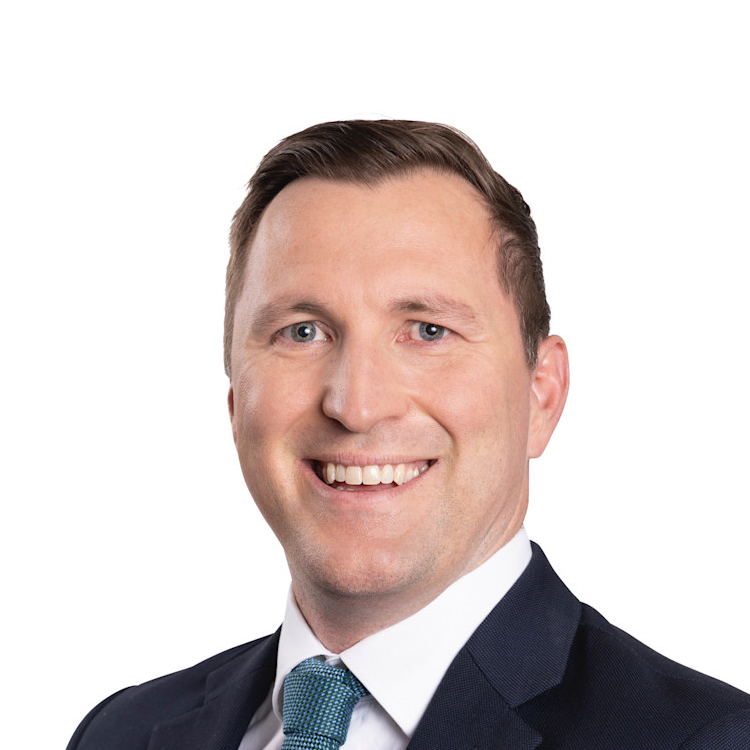I was recently travelling through the United States meeting with a number of companies. We travel there regularly to spend time with the management teams of our portfolio companies and to look for new investment ideas. While there, I read a story about a family getting an $18,000 hospital bill after visiting an ER with their baby, who had fallen off a bed onto the floor. Luckily their baby was deemed to be fine, after the simple treatment of quick nap and a bottle of formula. For that, his parents received that incredibly large bill. This reminded me of another story I had read about a $629 bill for putting a band-aid on the finger of a one year old girl. Unfortunately these stories seem far too common in the US.
The US healthcare system has evolved into an expensive and inefficient operation with many disconnected parts, no one talking to each other and a historic focus on volume of care rather than value. On the positive side, this system has introduced many innovative and lifesaving technologies to the world. All this has resulted in higher healthcare costs than anywhere in the world. US healthcare costs are now 18% of GDP and rising, while it is the only developed market to have seen life expectancy decrease in recent years (although some of this can be ascribed to the opioid epidemic - which is a whole different story).
Healthy innovations on the horizon
Now luckily for me, I did not have to experience the US healthcare system first hand. However, I did get to meet some companies that are working to bring healthcare costs down. One of these companies was Intuitive Surgical - the leading manufacturer of robotic surgical systems, which was used in almost 1 million surgeries worldwide during the last year. They believe that robotic surgery can result in better outcomes for patients, shorter hospital stays and lower chances of complications and infections. I actually had an opportunity to use one of their robots (not on an actual person I will add). The ease of use and precision of the robot was impressive, but I don't think I will be giving up my day job anytime soon.
While we don’t profess to understand every nuance of the healthcare system (in fact I'm not sure anyone does), we do believe that companies that can take costs out of the system while improving outcomes will be good investments. We have a number of companies in our portfolio that we believe are doing just that:
Fresenius Medical – is the global leader in dialysis care. This is a costly disease, dealing with very sick patients with multiple comorbidities. But there is currently no holistic approach to treating these patients. Fresenius is starting to take responsibility for the full care of their dialysis patients – from treatment, through to diet and managing medication and home care. The results to date have shown not only improved outcomes for patients but also significant cost savings for payers, largely due to reduced hospitalisations. As Fresenius keeps a percentage of these savings, this is good for them, and we believe we are only in the first innings of this shift.
Another example is Edwards Lifesciences, who were pioneers in a revolutionary way of replacing heart valves by going through an artery in the leg versus the alternative of open heart surgery, with patients sometimes going home the next day. While Edwards valves cost more than traditional valves – the reduced hospital days and lower complications mean that the overall cost for hospitals is actually reduced.
Lastly is Cerner which provides critical software for hospitals – from the electronic health records through to the billing systems. All of this infrastructure is essential for hospitals to manage this shift to value based care. None more so than new population health software – which helps doctors manage not only individual patients but helps them to undertake analysis of whole populations to understand which patients within the population are higher risk and therefore where to focus more immediate attention on providing preventative care.
We think this focus on costs will increasingly become important- especially as the population over 65 looks to increase double by 2060. So we continue to look for innovative companies that can help reduce healthcare costs and improve patient outcomes.

